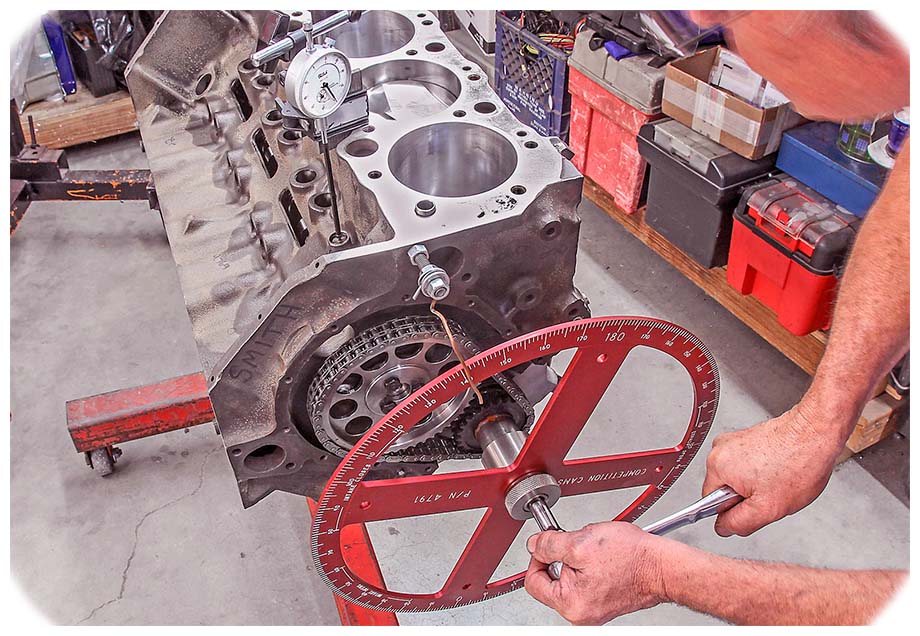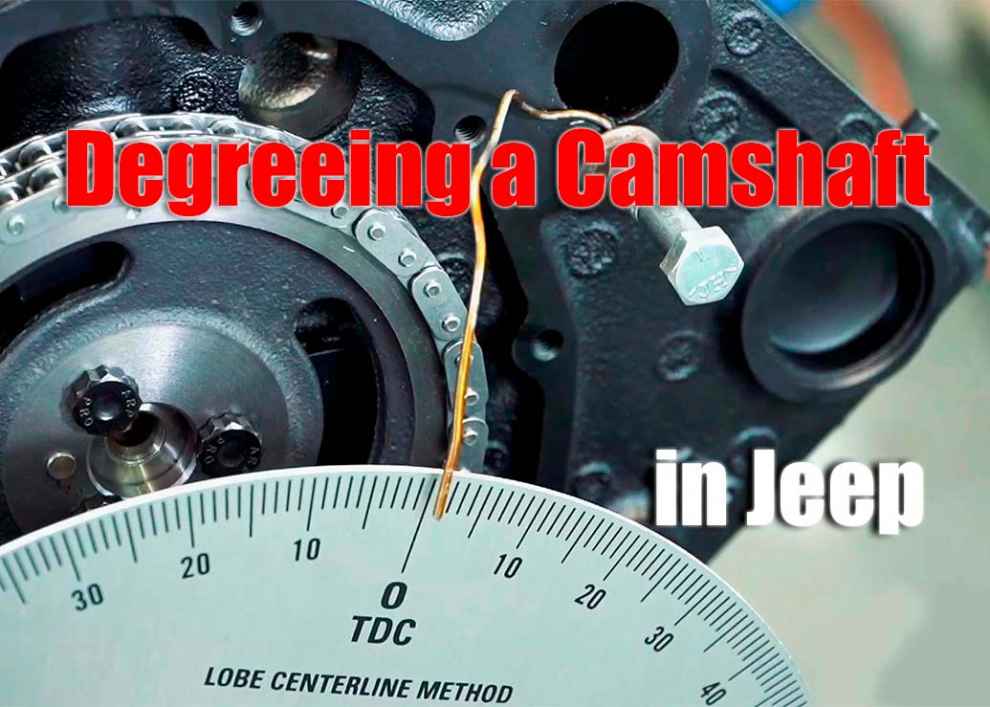Degreeing a camshaft is an important part of engine maintenance and performance tuning for your Jeep. Degreeing a camshaft requires knowledge of the engine’s timing, as well as precision measuring tools and mathematics. This guide will provide you with the information necessary to degree your Jeep’s camshaft correctly. Moreover, we will be highlighting the significance of this operation, revealing how it contributes to the overall performance, fuel efficiency, and longevity of your vehicle’s engine.
Tools and Materials Needed for Degreeing a Camshaft
To degree your camshaft correctly, you will need access to the following tools and materials:
- A timing light
- A dial indicator
- An adjustable pointer
- An intake centerline gauge (optional)
- Exhaust centerline gauge (optional)
Keep in mind that the use of high-quality, precise tools and materials will result in a more accurate degreeing process, which is essential for achieving optimum engine performance.
Preparing Your Engine for Degreeing the Camshaft

Installing the Timing Pointer on Your Engine
Once all components have been checked, the pointer must be installed onto the engine block. The timing pointer should be positioned in such a way that it is aligned with the crankshaft pulley and camshaft lobe for easy measurement. Take care to ensure that the pointer is securely fitted to the engine block so as not to cause any further damage or wear while operating the engine later. Remember, the accuracy of your measurements and the success of the degreeing process relies heavily on the correct placement of the timing pointer.
Measuring the Intake Centerline and Exhaust Centerline
Next, you will need to measure both the intake centerlines and exhaust centerlines of your camshaft lobes by using a dial indicator or an intake centerline gauge and exhaust centerline gauge (optional). Once all measurements have been taken, record them for comparison and reference against factory specs when calculating correct timing specifications later in this process. It’s crucial to be meticulous and precise during this step, as accurate measurements lay the foundation for successful camshaft degreeing.
Calculating Correct Timing Specifications
Once all measurements have been taken and recorded, it’s time to calculate your Jeep’s correct timing specifications by comparing your readings with those found in your factory service manual or owner’s manual for reference. This will help determine what adjustment needs to be made for your engine to run properly and efficiently. Understanding these calculations is fundamental for optimal engine timing and, ultimately, achieving superior performance and fuel efficiency.
Conclusion
Degreeing a camshaft on your Jeep is an important part of engine maintenance and performance tuning. With the right tools, knowledge, and patience, you can ensure that your engine runs at peak performance for years to come. Take care to follow all instructions carefully when degreeing your camshaft, as improper handling could lead to further damage or wear on the internal components of your engine. In sum, the degreeing process is an indispensable practice for maintaining your Jeep’s engine in prime condition, contributing to a smoother, more responsive driving experience, and extending the life of your vehicle.

Add Comment